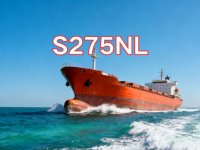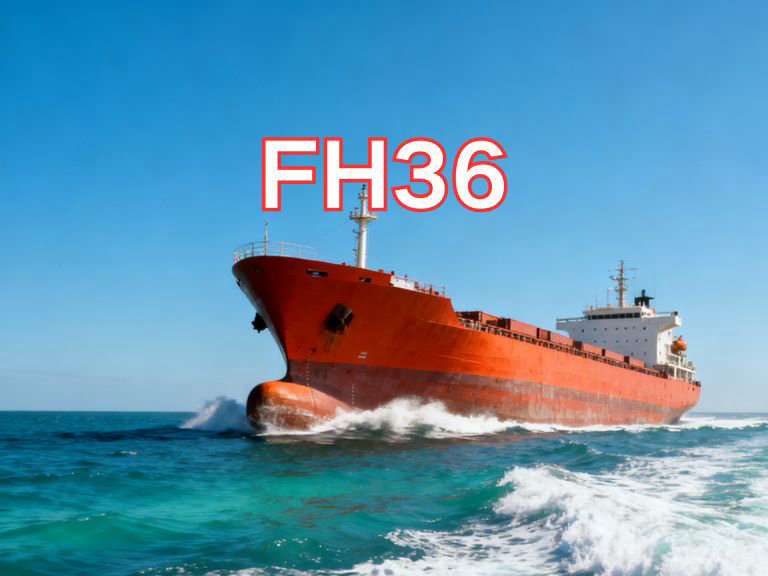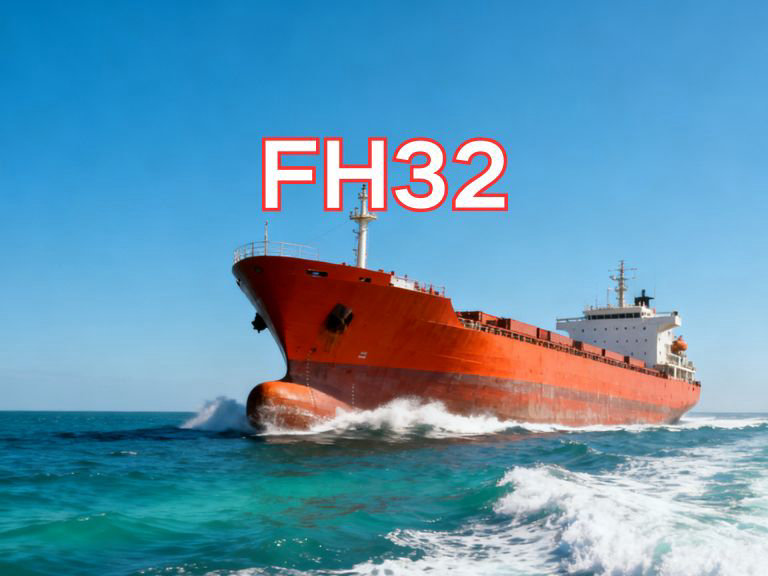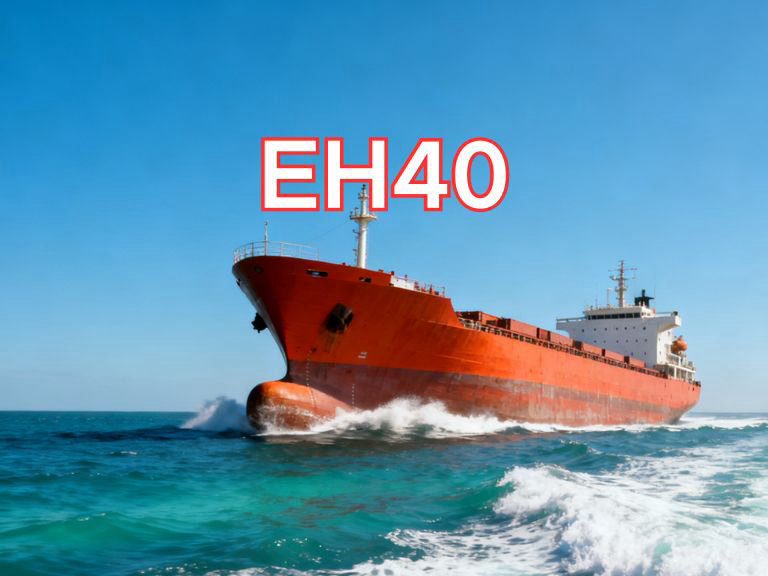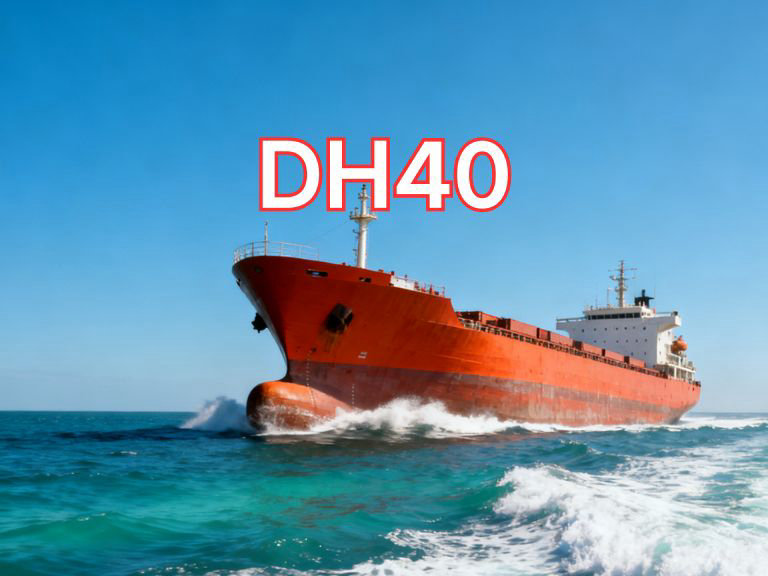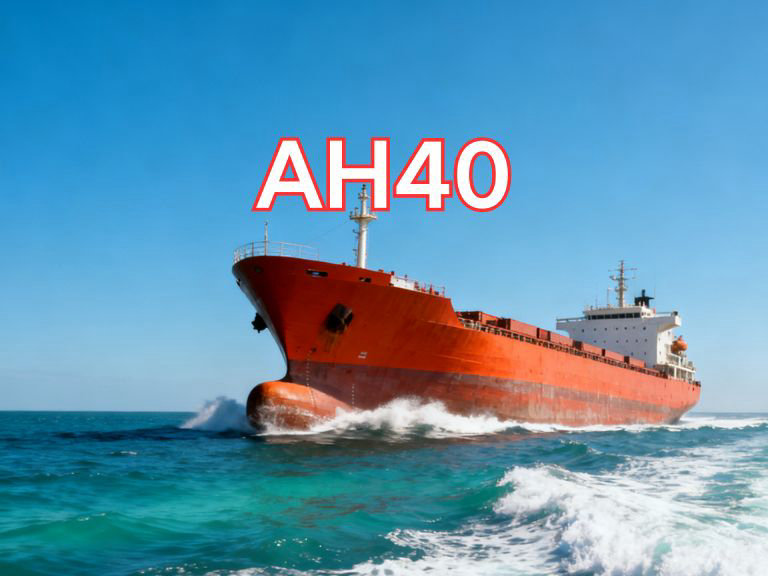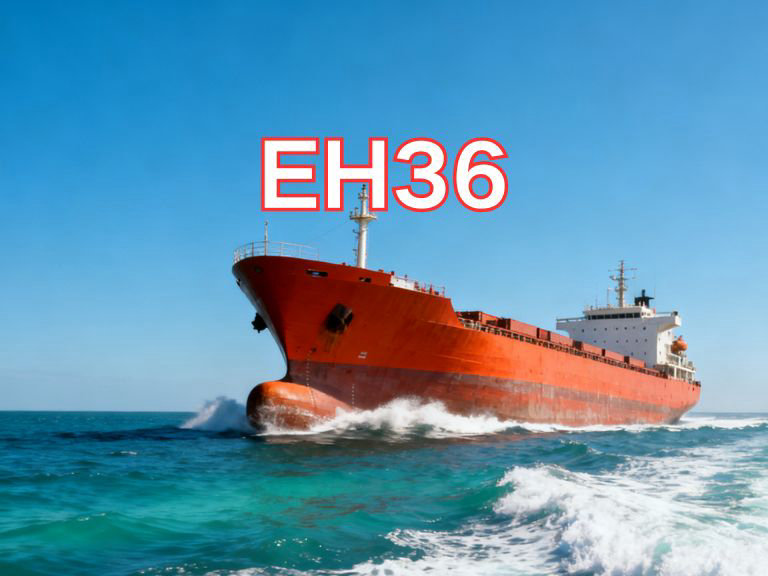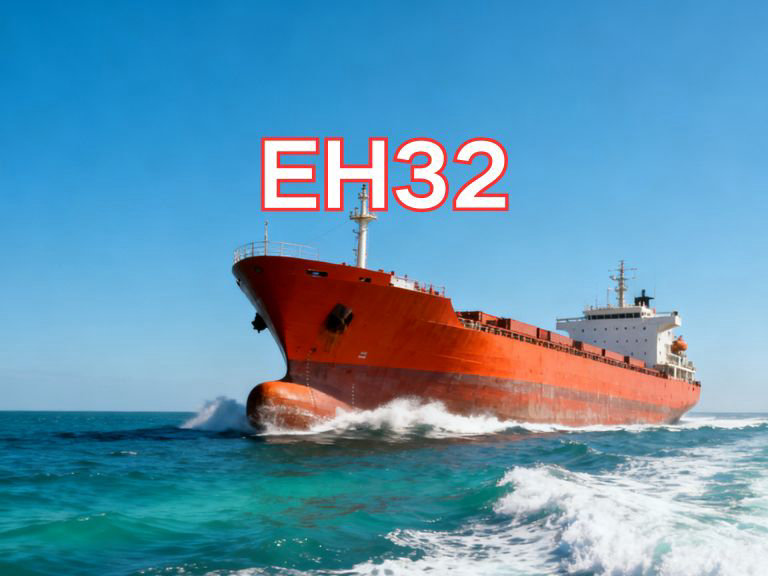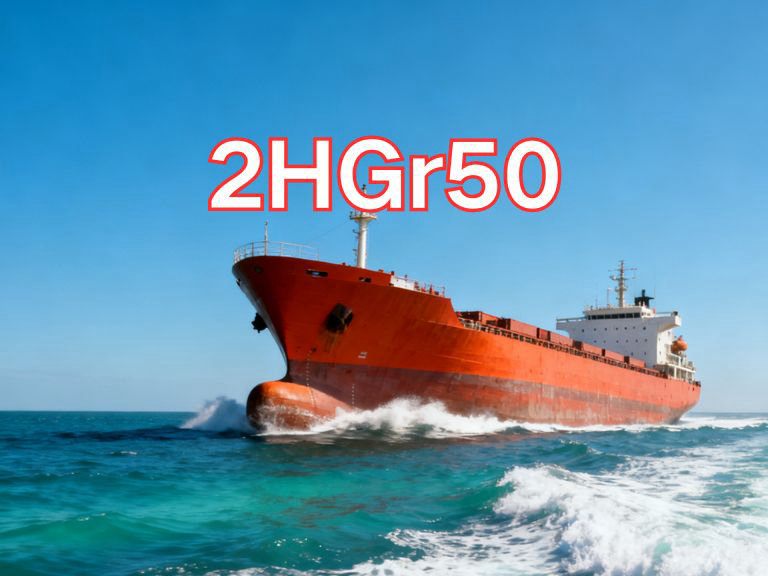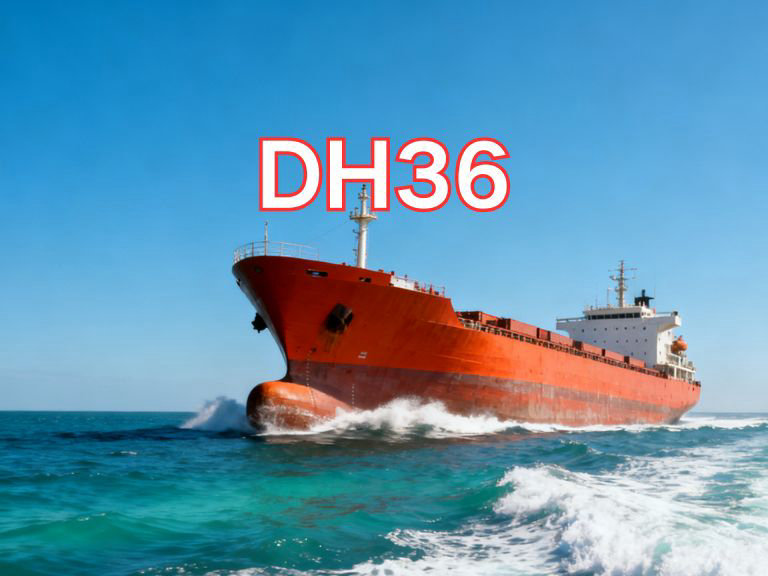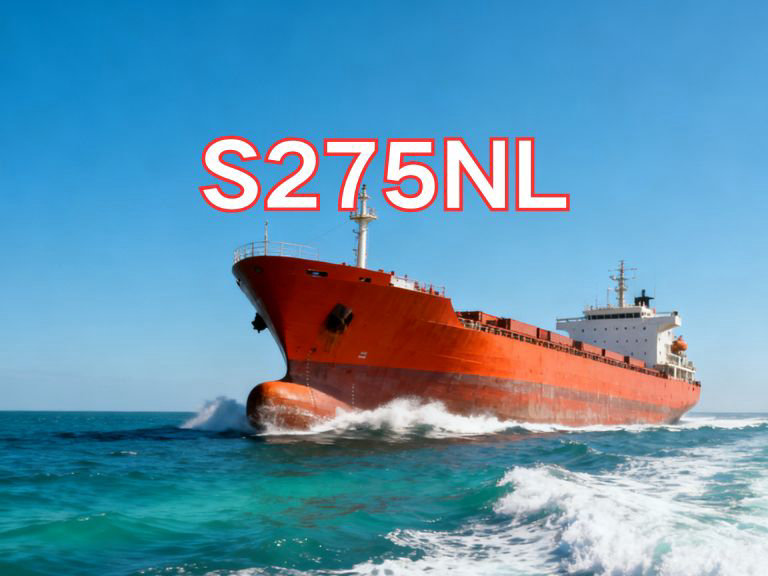

S275NL
S275NL is a fine-grain structural steel plate made from non-alloy steel, with its designation following the European (EN) steel naming system. It is widely used in construction, bridges, heavy machinery, pressure vessels, and industrial equipment manufacturing. The letter "S" stands for "Structural steel," indicating its primary use in load-bearing structures. "275" refers to the specified minimum yield strength of 275 MPa at room temperature. "N" denotes "Normalised" or "Normalised rolled," meaning the steel is produced by normalizing or thermomechanically controlled rolling, a process that controls rolling temperature and cooling to refine grain structure, improving material uniformity and overall mechanical properties. "L" indicates good impact toughness at low temperatures, specifically requiring an average absorbed energy of no less than 27 J in Charpy V-notch impact testing at -50°C. Therefore, S275NL is a non-alloy structural steel with a yield strength of at least 275 MPa, manufactured in a normalized condition, and possessing reliable toughness at ultra-low temperatures (-50°C), making it suitable for welded structures operating in cold climates or low-temperature environments.
The main characteristics of S275NL steel plate include moderate strength, excellent low-temperature toughness, good weldability, and favorable formability. Its chemical composition is primarily iron and carbon, with no or only minimal alloying elements, classifying it as a non-alloy steel. The low carbon equivalent (CEV) ensures excellent weldability, and preheating is generally not required, making it compatible with various welding processes such as manual metal arc welding (SMAW), submerged arc welding (SAW), and gas metal arc welding (GMAW). The normalization process results in a uniform microstructure and refined grains, significantly enhancing toughness and resistance to brittle fracture. The tensile strength ranges from 370 to 530 MPa, with elongation (A5) ≥20%, offering good ductility and fatigue resistance, capable of withstanding dynamic loads and complex stress conditions. Its guaranteed impact toughness at -50°C makes it particularly suitable for structures in high-latitude regions, polar engineering projects, and cold-season applications, such as bridges, towers, cranes, storage tanks, and industrial buildings.
S275NL is widely used in welded structural components requiring high low-temperature performance, including wind turbine towers, low-temperature storage tanks, offshore platform supports, heavy-duty vehicle chassis, mining machinery, and building steel structures in cold regions. Compared to ordinary structural steels (e.g., S235 or S275JR), S275NL offers superior low-temperature toughness while maintaining high strength, effectively preventing brittle fracture and enhancing structural safety and reliability.
The current standard for S275NL steel plate is the European standard EN 10025-3:2024 "Hot rolled products of structural steels – Part 3: Technical delivery conditions for normalized/normalized rolled fine grain steels". This standard specifies in detail the chemical composition, mechanical properties, impact toughness (-50°C), manufacturing processes, dimensional tolerances, and inspection requirements for S275NL, and is widely adopted across Europe and many other countries. Due to its excellent overall performance, S275NL has become a key material in structural engineering applications under low-temperature conditions.

Ultrasonic Testing (UT)
A key non-destructive testing technique that uses high-frequency sound waves to detect internal flaws in steel plates. The probe emits sound waves, which reflect when encountering defects such as cracks or inclusions. The receiver captures the echoes, enabling precise determination of defect location and size. With high sensitivity, strong penetration, and fast inspection speed, UT effectively ensures internal quality, widely used in the production of heavy plates, pressure vessel plates, and other high-end products to guarantee safety and reliability.

Magnetic Particle Testing (MT)
A common surface inspection method that magnetizes the workpiece, causing leakage magnetic fields at surface or near-surface defects like cracks or inclusions, which attract magnetic particles to form visible indications. Simple to operate and highly sensitive, MT is suitable for rapid inspection of surface and near-surface flaws in ferromagnetic materials, widely used for online or offline inspection of plate edges, ends, and welds, ensuring product quality and safety.

Penetrant Testing (PT)
A non-destructive method for detecting surface-breaking flaws. A penetrant liquid is applied to the cleaned steel surface, allowing it to seep into defects such as cracks or pores. After removing excess penetrant, a developer is applied, causing the trapped penetrant to bleed out and form visible indications. Simple and cost-effective, PT is suitable for inspecting surface defects in various non-porous materials, commonly used for welds, castings, and complex components, effectively ensuring surface quality of steel plates.

